Progeria, also known as Hutchinson-Gilford Syndrome, is an extremely rare childhood genetic disorder characterized by accelerated aging about seven times the normal rate.
Generally, the first symptoms appear around the age of 2 including much lens growth and hair loss, for example. Because it is a disease that causes rapid aging of the body, children with Progeria have a life expectancy of 14 years for girls and 16 for boys.
Unfortunately the disease still has no cure, but the problems that arise can be treated to improve the quality of life of the child. That way, it is very important to keep a constant follow-up at the pediatrician or other medical specialists, such as cardiologist, depending on the problems.
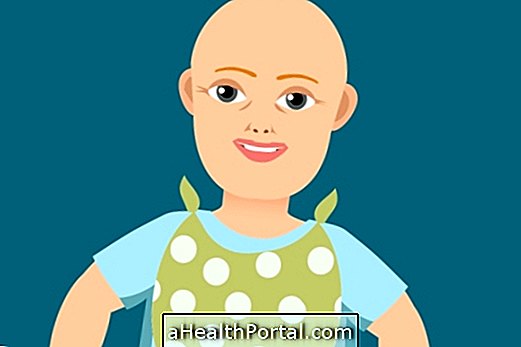
What causes Progeria
The disease is caused by the change in a single gene, known as Blade A. This gene is responsible for producing an important protein that keeps the cell nuclei stable. So when the mutation happens, the cells stop functioning normally, aging faster.
Unlike most mutations, this change is only from parents to offspring, occurring in the sperm or egg a few moments before ovulation. In this way, the development of the disease can not be avoided.
Main characteristics of the child
The first and main characteristic of Progeria is that the disease causes a very pronounced decrease in the rate of growth of the baby during the first year of life. However, the child continues to develop intellectually, acquiring new abilities.
The major changes in appearance will emerge from the second year of age and include:
- Thin face with small chin;
- Head much larger than the face;
- Loss of hair including eyelashes and eyebrow;
- Significant delay in the fall and growth of new teeth;
- Skin thin and with visible veins;
- Eyes protruding and difficult to close the eyelids.
However, during the development of the disease, health problems also arise, such as:
- Difficulty hearing;
- Inflammation of joints;
- Fragile bones that suffer constant fractures;
- Development of diabetes;
- Cardiovascular problems such as hypertension and heart failure.
If any of these symptoms develop during the first or second year of life, it is important to inform the pediatrician so that he can evaluate these characteristics and confirm or not the diagnosis of the disease.
How is the treatment done?
There is no specific form of treatment for this disease and therefore the doctor suggests some treatments according to the problems that arise. Among the most used forms of treatment are:
- Daily use of aspirin: it allows to maintain the blood thinner, avoiding the formation of clots that can provoke heart attacks or strokes;
- Physiotherapy sessions: help relieve joint inflammation and strengthen muscles, avoiding easy fractures;
- Surgeries: They are used to treat or prevent serious problems, especially in the heart.
In addition, your doctor may also prescribe other medicines, such as Statins to lower cholesterol, or growth hormones, if your child is too underweight, for example.
The child with progeria should be followed by several health professionals, as this disease ends up affecting several systems. So when your child begins to have joint and muscle pains, she should be seen by an orthopedist to advise her on the right medication and give advice on how to save her joints, avoiding the worsening of arthritis and arthritis.
The cardiologist should accompany the child since his diagnosis, since most of the patients die due to cardiac complications.
All children with progeria should have a nutritionist-oriented diet to avoid osteoporosis as much as possible and improve their metabolism.
Practicing some physical activity or sport at least twice a week is also advised as it improves blood circulation, strengthens muscles, distracts the mind and consequently the quality of life of the family.
Being advised by a psychologist may also be helpful for the child to notice their illness and in cases of depression.
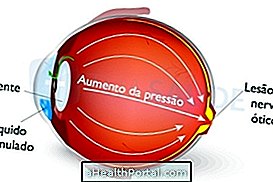
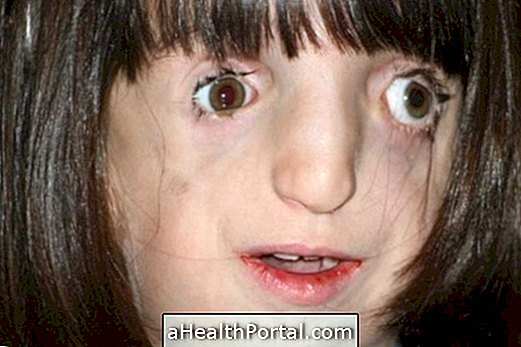






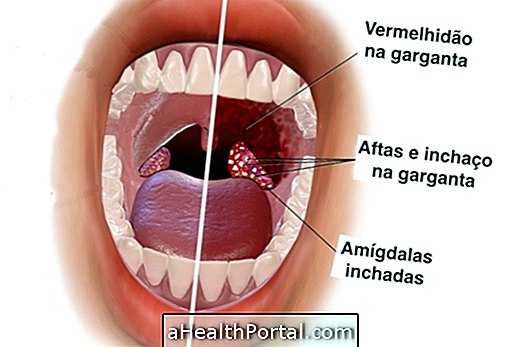
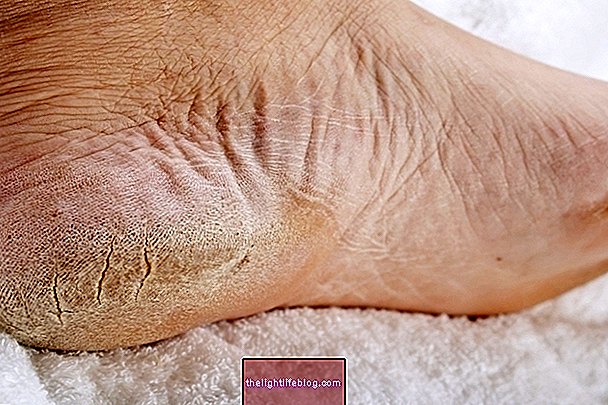










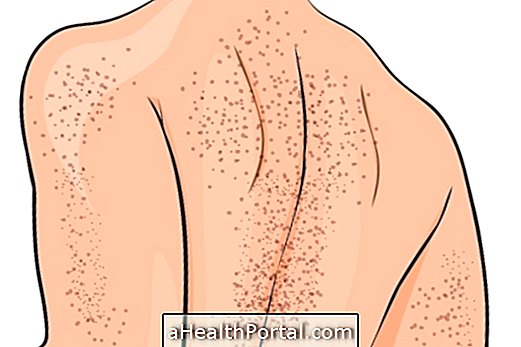
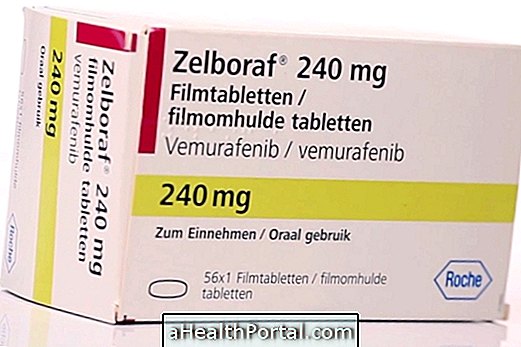
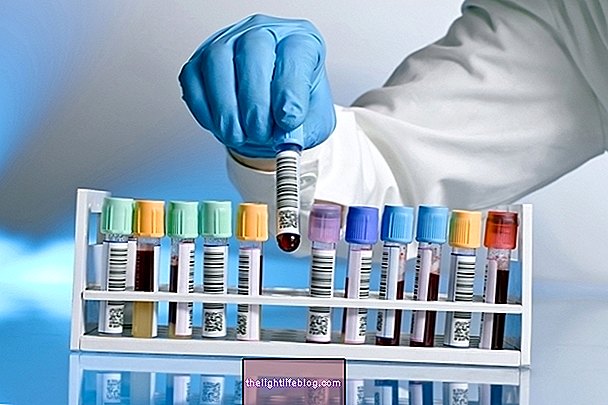

.jpg)